Perk Up with 6 Tasteful Malaysian Drinks
Lighten your mood and rejuvenate your senses with 6 must-try Malaysian drinks!
Discover the authentic in Asian cuisine food
Around the World, Weird and Wonderful
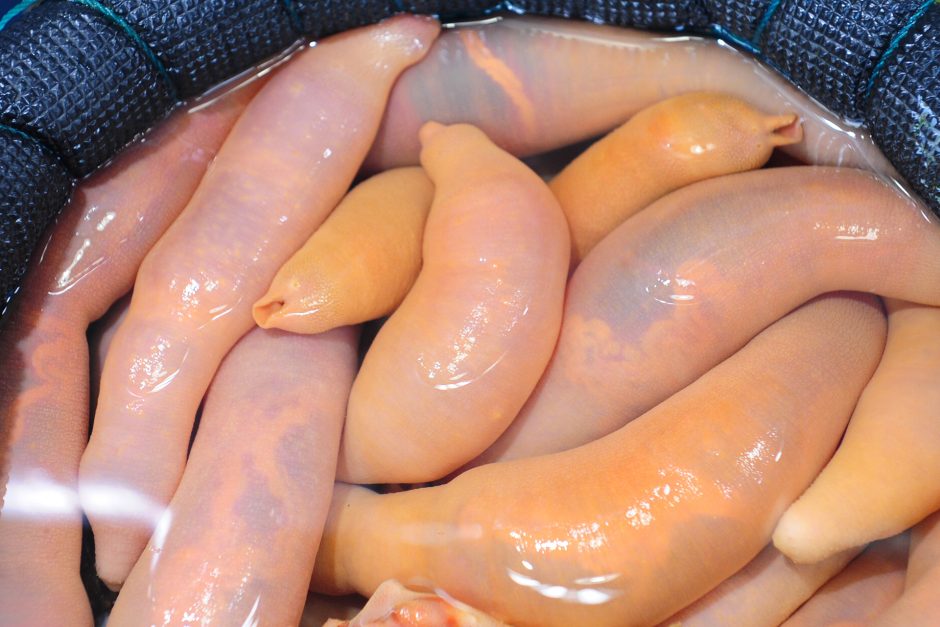
All cultures have delicacies that the rest of the world may find bizarre. Like, what’s up with Kangaroo meat, musk sticks and vegemite? But even so, some do take the weird to the next level and are literally food-dare challenges for the uninitiated. When it comes to seafood, Korean cuisine definitely has dishes that are high on the weird-meter.
First, some context: Korea is a peninsula surrounded by sea except the north-side, so it’s no wonder that seafood is a major part of their cuisine. So common, in fact, that you can find many restaurants in Korea with a whole aquarium of live fishes and seafood, waiting to be picked and cooked. Less known, however, is the Korean love for raw seafood—as passionate as the Japanese with an entire category, called Hoe. Gimbap is Korean sushi, and their sashimi (called Hweh) is served with spicy-sweet Gochujang fermented soybean paste, or Doenjang non-spicy soybean paste.
That’s just the ‘basic’ Korean seafood, now let’s get to the weird.

Known as Gejang, raw baby-crabs are so popular, there’s a street in Sinsa-dong, Seoul entirely dedicated to serving it. The crabs are small with soft-shells, chopped and marinated with salty Ganjang soy sauce or spicy Yangnyeom sauce. Eating them is just like how you’d do regularly on cooked crabs, except these get a bit twitchy about it. According to connoisseurs, the rawness actually gives a fresher flavour and bouncy texture that a cooked crab wouldn’t have.
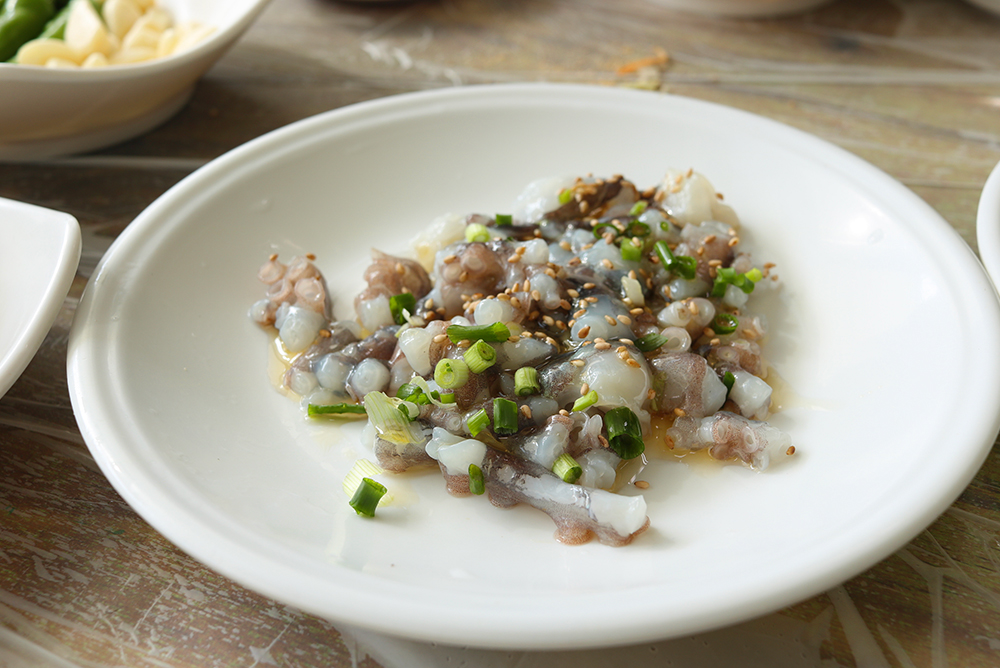
Yup, you read that right. Octopi tentacles are chopped and seasoned with sesame oil and soy sauce, served raw in a dish called Sannakji. The oil keeps the powerful suckers from holding on to the diner’s throat, but chewing thoroughly is a must to avoid choking. Even crazier, is ‘Sebalnakji’ – eating baby octopus whole.

Skate is a stingray-like fish commonly sold in cutlets and is great for barbecue. But Koreans enjoy it as fermented raw fillets called in Hongeo-hoe. Served with Kimchi, boiled pork slices and Makgeolli rice wine, it’s not the look of the dish that will turn you away, but the smell. Skate naturally contains uric acid, and the fermentation breaks it down to edible ammonia – which stinks like pee. The Kimchi and rice wine can minimize the stench. If you can hold your gag-reflex, it’s said to taste like sashimi.
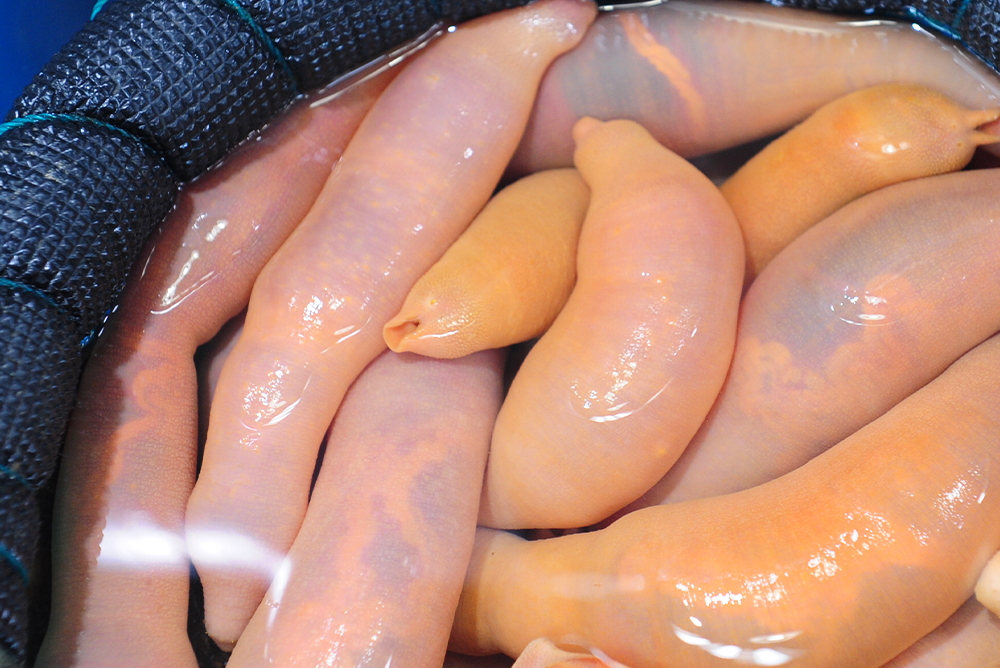
Gaebul or spoon worms are believed to have aphrodisiac properties in Korea, because of their phallic-like shapes. They’re actually marine animal similar to sea-cucumber. Cut into bite-size pieces and served raw, they’ll keep squirming on the plate until eaten. Apparently, they have a fresh, natural briny flavour.
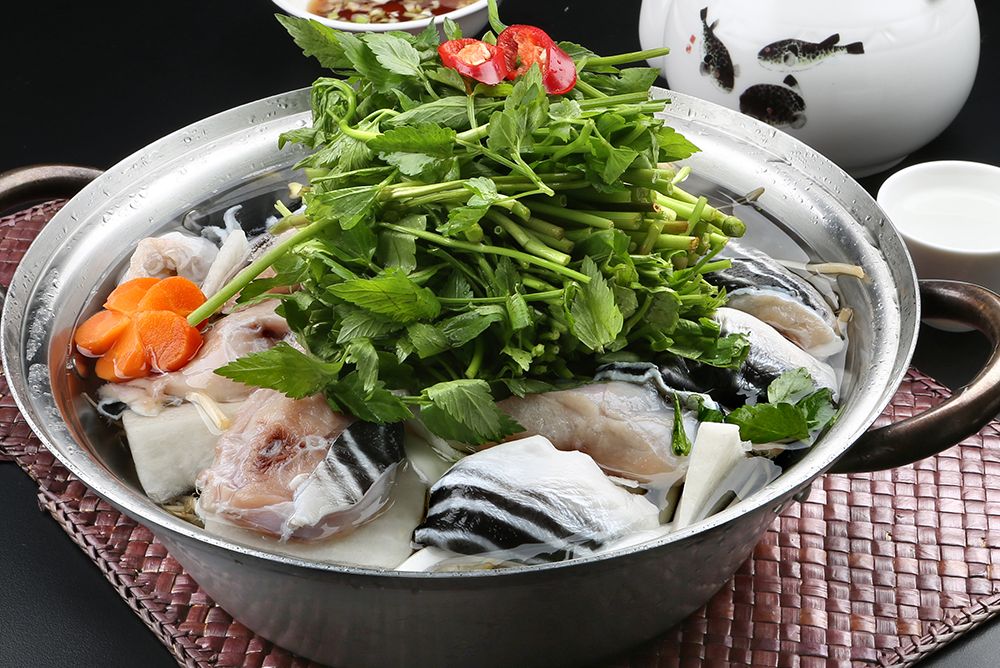
The Korean Bokjili blowfish soup is the rival to Japanese Fugu pufferfish. Both extremely poisonous. But while the Fugu is a luxury dish only prepared by certified chefs, the Bokjili is much more common, and not served raw. The toxic liquids are carefully drained and the blowfish are cleaned, cut, and cooked in a hot soup with red pepper and herbs. But rumour has it that people do request for some blowfish poison to remain in the soup – apparently, it gives a ‘high’ of sorts. Nonetheless, Bokjili is generally safer than Fugu. The blowfish meat is said to be tender and fluffy like cotton candy.
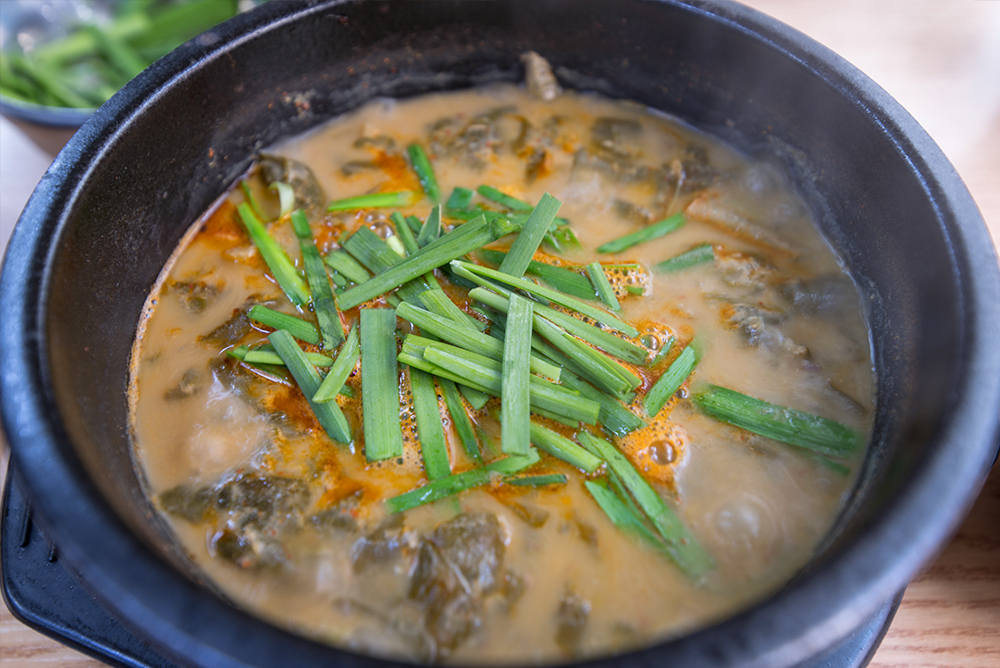
Mudfish is a semi-amphibious fish that lives primarily in muddy shorelines. It’s surprisingly wholesome, packed with calcium, proteins and vitamins, as well as unsaturated fats that can help reduce cholesterol and high blood pressure. In Southern Korea, mudfish is enjoyed in a traditional soup called Chueo-tang. The mudfish is crushed and grounded whole with the bones, and simmered with leeks, spring onions, soybean paste and spicy pepper paste. The result is a warm umami broth with a yellowy tinge.

Lighten your mood and rejuvenate your senses with 6 must-try Malaysian drinks!

Pair your hearty barbecues with these refreshing Asian delights!

What are the properties of ginger, and how to pick, store and use ginger in your cooking? Find out here!